Home>Furniture & Design>Bathroom Accessories>How To Make Suction Cups Stick To Textured Bathtub
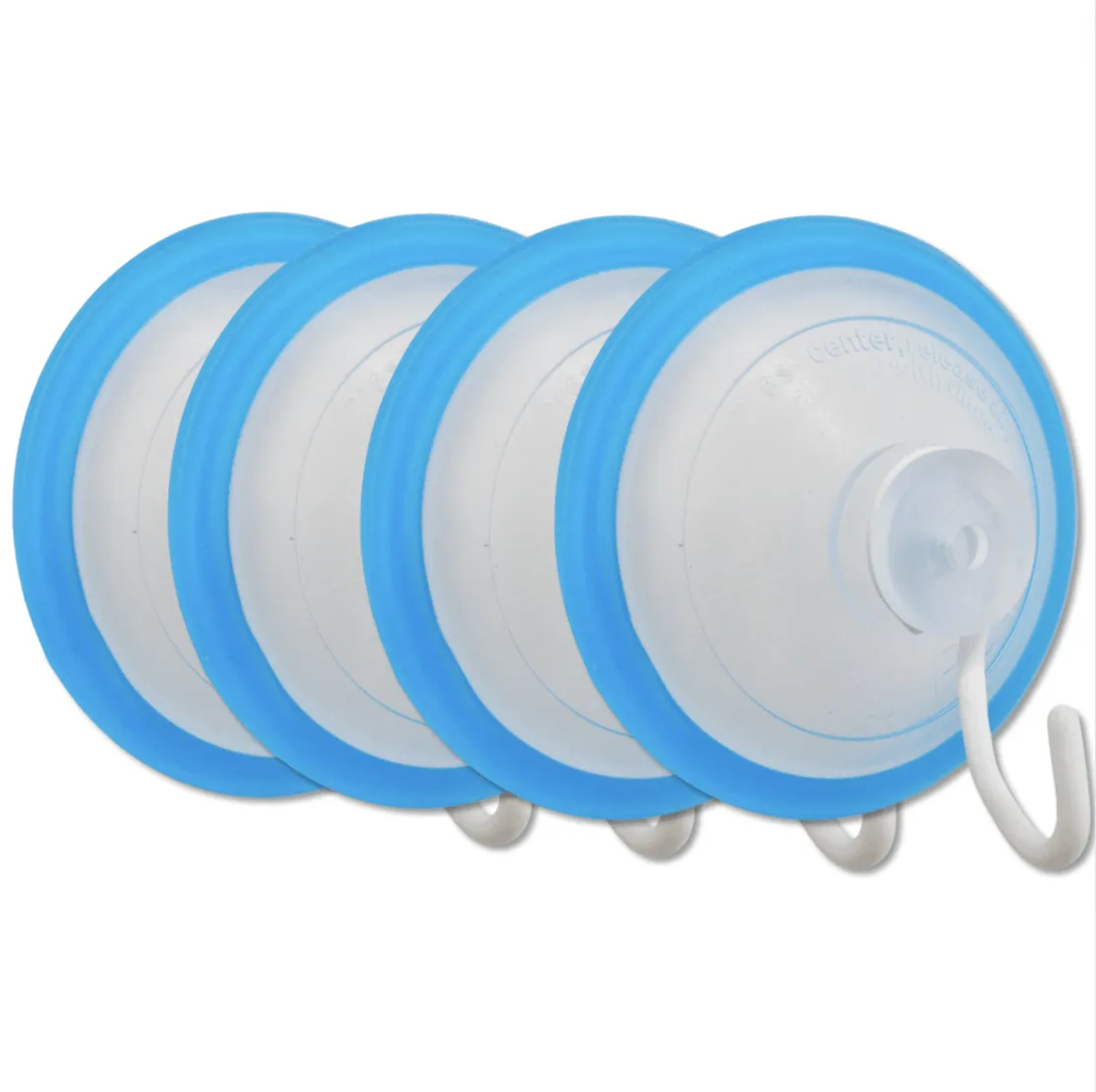

Bathroom Accessories
How To Make Suction Cups Stick To Textured Bathtub
Published: February 17, 2024
Learn how to make suction cups stick to a textured bathtub with our expert tips. Find the best bathroom accessories for your needs and keep them securely in place.
(Many of the links in this article redirect to a specific reviewed product. Your purchase of these products through affiliate links helps to generate commission for Storables.com, at no extra cost. Learn more)
Introduction
Suction cups are incredibly useful for keeping bathroom accessories in place, but when it comes to textured bathtubs, the challenge of making them stick can be quite frustrating. The uneven surface of a textured bathtub makes it difficult for traditional suction cups to maintain a secure grip, often leading to accessories slipping and sliding, or worse, falling off completely. However, fear not! There are effective strategies and specialized products that can help you overcome this common issue and ensure that your suction cups stay firmly in place.
In this comprehensive guide, we will delve into the intricacies of dealing with textured bathtubs and provide you with practical tips and solutions for making suction cups stick effectively. Whether you're looking to secure a shower caddy, soap dish, or any other bathroom accessory, understanding the unique dynamics of textured surfaces and selecting the right tools for the job is essential. By the end of this article, you'll be equipped with the knowledge and techniques needed to conquer the challenge of adhering suction cups to textured bathtubs, allowing you to enjoy a clutter-free and organized bathroom space.
Let's embark on this journey to discover the secrets of achieving reliable suction cup adhesion on textured bathtub surfaces.
Key Takeaways:
- Say goodbye to slipping accessories! Choose specialized suction cups designed for textured bathtubs to ensure a reliable grip, keeping your bathroom organized and frustration-free.
- Keep it clean and dry! Thoroughly prepare the textured surface and maintain suction cups regularly to maximize their effectiveness and prevent slipping or detachment.
Read more: How To Get A Suction Cup To Stick To Glass
Understanding the Challenges of Textured Bathtubs
Textured bathtubs are designed to provide a non-slip surface, enhancing safety and stability during bathing. However, the very feature that makes them safe can also pose a challenge when it comes to adhering suction cups. The irregular and bumpy texture of these bathtubs creates an uneven surface, making it difficult for traditional suction cups to form a secure seal. Unlike smooth and flat surfaces, where suction cups can easily create a vacuum and hold firmly, the textured nature of these bathtubs prevents the cups from achieving a reliable grip.
The raised bumps and grooves on textured bathtubs disrupt the suction cup's ability to maintain consistent contact with the surface, leading to air gaps that compromise the seal. As a result, bathroom accessories equipped with conventional suction cups tend to slip, slide, or detach altogether, causing frustration and inconvenience for users.
Moreover, the material of the bathtub, whether it's fiberglass, acrylic, or another textured surface, can also impact the effectiveness of suction cups. Some materials may be more porous or have a rougher texture, further complicating the adhesion process.
It's essential to recognize that the challenges posed by textured bathtubs are not insurmountable. By understanding the unique dynamics of these surfaces and employing the right techniques and tools, it is possible to achieve reliable suction cup adhesion, ensuring that your bathroom accessories stay securely in place.
Choosing the Right Suction Cups
When dealing with the challenge of making suction cups stick to a textured bathtub, selecting the appropriate suction cups is a crucial first step. Traditional suction cups, designed for smooth and flat surfaces, may struggle to adhere effectively to textured bathtubs. Therefore, opting for specialized suction cups specifically engineered to conquer textured surfaces is essential.
Consider the Material and Design
Look for suction cups that are explicitly marketed as suitable for textured surfaces. These specialized suction cups are often equipped with unique features to enhance their grip on uneven and bumpy surfaces. They may have enhanced flexibility or a more robust design to accommodate the irregularities of textured bathtubs. Additionally, consider the material of the suction cups. Opt for high-quality, durable materials that can withstand the challenges posed by textured surfaces and provide long-lasting adhesion.
Size and Weight Capacity
Ensure that the suction cups you choose are appropriately sized and have the weight capacity to support your specific bathroom accessories. Whether it's a shower caddy, soap dish, or loofah holder, the suction cups must be capable of securely holding the weight of the item without slipping or detaching. Pay attention to the dimensions and weight specifications provided by the manufacturer to make an informed decision.
Innovative Technologies
Explore suction cups that incorporate innovative technologies to overcome the adhesion limitations of textured surfaces. Some manufacturers have developed suction cups with advanced features, such as adjustable angles, multi-directional grips, or enhanced sealing mechanisms. These technological advancements can significantly improve the performance of the suction cups on textured bathtubs, providing a reliable and durable hold.
User Reviews and Recommendations
Before making a purchase, take the time to research user reviews and seek recommendations from individuals who have experience with adhering suction cups to textured surfaces. Their insights and feedback can offer valuable guidance in selecting the most effective suction cups for your specific needs. Look for testimonials that specifically mention successful adhesion on textured bathtubs, ensuring that the product has a proven track record in overcoming this common challenge.
By carefully considering the material, design, size, weight capacity, innovative technologies, and user feedback, you can identify the right suction cups that are tailored to conquer the textured surface of your bathtub. Investing in specialized suction cups designed for textured surfaces sets the foundation for achieving reliable adhesion and ensuring that your bathroom accessories stay securely in place.
Preparing the Surface
Before applying suction cups to a textured bathtub, it's crucial to prepare the surface to optimize adhesion and ensure a secure hold. Proper surface preparation can significantly enhance the effectiveness of the suction cups, allowing them to form a reliable seal despite the irregularities of the textured bathtub. Here's a detailed guide on preparing the surface for successful suction cup application:
Clean the Surface
Begin by thoroughly cleaning the textured surface of the bathtub where the suction cups will be attached. Use a mild bathroom cleaner or a solution of warm water and gentle soap to remove any dirt, soap scum, or residue that may be present. Pay special attention to the textured areas, ensuring that all debris and buildup are effectively removed. A clean surface provides the ideal foundation for the suction cups to establish a secure grip.
Read more: How To Remove Suction Cup From Glass
Dry the Surface
After cleaning the surface, ensure that it is completely dry before proceeding with the application of the suction cups. Use a clean, dry cloth to thoroughly dry the textured bathtub surface, including the areas where the suction cups will be placed. Moisture or dampness can hinder the suction cups' ability to adhere properly, so it's essential to eliminate any residual moisture to promote optimal adhesion.
Evaluate the Texture
Take a moment to assess the texture of the bathtub surface where the suction cups will be affixed. Note any particularly rough or uneven areas, as these may present challenges for the suction cups to form a secure seal. Understanding the specific characteristics of the textured surface can guide you in identifying the best placement for the suction cups and optimizing their contact with the bathtub.
Consider Surface Conditioners
In some cases, applying a surface conditioner or primer designed for textured surfaces can help improve the adhesion of suction cups. These specialized products are formulated to enhance the grip on uneven and rough surfaces, providing an additional layer of support for the suction cups. Follow the manufacturer's instructions when using surface conditioners, and ensure that the product is compatible with the material of your bathtub.
Test Adhesion
Before attaching your bathroom accessories with the suction cups, consider conducting a preliminary adhesion test. Apply the suction cups to the prepared surface and press firmly to create a seal. Assess the stability and firmness of the attachment, ensuring that the suction cups hold securely without slipping or detaching. This test allows you to make any necessary adjustments to the surface preparation before committing to the final placement of the suction cups.
By meticulously preparing the surface of the textured bathtub, you can optimize the conditions for successful suction cup adhesion. Clean, dry, and well-conditioned surfaces, coupled with a thorough understanding of the texture, lay the groundwork for ensuring that your bathroom accessories remain firmly in place, enhancing both functionality and organization in your bathroom space.
Read more: How To Clean A Bath Mat With Suction Cups
Applying the Suction Cups
Once you have selected the appropriate suction cups and prepared the textured surface of your bathtub, it's time to proceed with the application process. Properly applying the suction cups is crucial to ensuring a secure and long-lasting hold for your bathroom accessories. Follow these steps to effectively affix the suction cups to the textured bathtub surface:
-
Positioning: Carefully determine the optimal placement for the suction cups based on the layout of your bathtub and the specific accessories you intend to secure. Take into account the location of existing fixtures, such as faucets and handles, and ensure that the suction cups will not obstruct their functionality. Additionally, consider the reach and accessibility of the accessories once they are attached. Aim for a convenient and practical arrangement that enhances the usability of your bathroom space.
-
Pressing and Sealing: With the positioning in mind, press the suction cups firmly against the textured surface of the bathtub. Apply even pressure to ensure that the cups make full contact with the surface, allowing them to create a strong seal. Press down on the center of each suction cup while simultaneously smoothing out the edges to expel any air trapped underneath. This process helps eliminate air gaps and enhances the suction cups' ability to adhere securely to the textured surface.
-
Activating the Suction: Once the suction cups are in position, activate the suction by pressing down on the center of each cup to expel any remaining air and create a vacuum. You may hear a subtle "pop" or suction sound, indicating that the cups have formed a tight seal. Confirm that the suction cups are firmly attached by gently tugging on them to test their stability. If they hold steadfastly without detaching, you have successfully activated the suction and achieved a reliable grip.
-
Monitoring and Adjusting: After applying the suction cups, monitor their adhesion over the next few hours to ensure that they maintain a secure hold. Occasionally check for any signs of slippage or detachment, especially if you have just installed the accessories. If you notice any issues, such as the cups losing their grip, consider repositioning them or repeating the application process to reinforce the seal. It's essential to address any adhesion concerns promptly to prevent accidents or damage to your accessories.
By following these steps and taking a meticulous approach to applying the suction cups, you can maximize their effectiveness on the textured surface of your bathtub. A thorough and precise application process sets the stage for reliable adhesion, allowing you to enjoy a well-organized and functional bathroom space without the frustration of accessories constantly slipping or falling.
Maintaining the Suction Cups
Ensuring the longevity and effectiveness of suction cups on textured bathtubs involves proactive maintenance practices. By implementing simple yet essential measures, you can preserve the suction cups' adhesion and prevent potential issues that may compromise their performance over time. Here's a comprehensive guide to maintaining the suction cups on your textured bathtub:
Regular Cleaning
Regularly cleaning the suction cups and the textured surface of the bathtub is fundamental to maintaining their functionality. Use a mild bathroom cleaner or a solution of warm water and gentle soap to remove any accumulated dirt, soap scum, or residue from the suction cups. Similarly, clean the textured surface where the suction cups are affixed to eliminate any debris that could hinder their grip. Thorough cleaning prevents the buildup of contaminants that may impede the suction cups' ability to form a secure seal.
Drying and Resealing
After cleaning, ensure that both the suction cups and the bathtub surface are thoroughly dried. Use a clean, dry cloth to remove any moisture, as residual dampness can compromise the suction cups' adhesion. Additionally, periodically reseal the suction cups by pressing down on the center to expel any air and reinforce the vacuum seal. This practice helps maintain the suction cups' grip and prevents air gaps from developing over time.
Avoiding Excessive Weight and Strain
Be mindful of the weight and strain placed on the suction cups and the accessories they support. Avoid overloading the accessories or subjecting them to excessive force, as this can weaken the suction cups' hold and lead to detachment. Periodically assess the weight capacity of the suction cups and ensure that they are not being tasked beyond their specified limits. By preventing undue stress, you can prolong the effectiveness of the suction cups on the textured bathtub surface.
Inspecting and Replacing as Needed
Regularly inspect the condition of the suction cups to identify any signs of wear, damage, or deterioration. If you notice any deformities, cracks, or loss of suction power, consider replacing the suction cups promptly. Over time, the material of the suction cups may degrade, impacting their ability to adhere effectively to the textured surface. By promptly replacing worn-out suction cups, you can maintain a reliable hold and prevent potential accidents caused by compromised adhesion.
Optimizing Surface Conditions
Periodically reassess the texture and condition of the bathtub surface where the suction cups are attached. If you notice changes in the texture or the presence of any irregularities that may affect adhesion, consider reapplying surface conditioners or primers designed for textured surfaces. These products can help restore optimal conditions for the suction cups to form a secure seal, ensuring consistent adhesion over time.
By incorporating these maintenance practices into your bathroom care routine, you can uphold the reliability and longevity of the suction cups on your textured bathtub. Proactive maintenance not only enhances the performance of the suction cups but also contributes to a safe and organized bathroom environment, free from the inconvenience of accessories slipping or detaching.
Conclusion
In conclusion, conquering the challenge of making suction cups stick to textured bathtubs requires a combination of strategic approaches, specialized tools, and proactive maintenance. The unique dynamics of textured surfaces present distinct obstacles for traditional suction cups, necessitating a tailored approach to achieve reliable adhesion. By understanding the challenges posed by textured bathtubs and implementing the following strategies, you can ensure that your bathroom accessories stay securely in place, enhancing both functionality and organization in your bathroom space.
First and foremost, selecting the right suction cups designed explicitly for textured surfaces is paramount. By considering factors such as material, design, size, weight capacity, and innovative technologies, you can identify specialized suction cups that are equipped to overcome the irregularities of textured bathtubs. Investing in high-quality suction cups tailored to textured surfaces sets the foundation for successful adhesion and provides a solid starting point for securing your bathroom accessories.
Furthermore, meticulous surface preparation plays a pivotal role in optimizing the conditions for effective suction cup adhesion. Thoroughly cleaning the textured bathtub surface, evaluating the texture, and considering the use of surface conditioners can significantly enhance the grip of the suction cups. By creating a clean, dry, and well-conditioned surface, you set the stage for the suction cups to form a reliable seal, mitigating the challenges posed by the uneven texture of the bathtub.
Additionally, the precise application of the suction cups is essential for ensuring a secure and long-lasting hold. By carefully positioning, pressing, sealing, and monitoring the suction cups, you can maximize their effectiveness on the textured bathtub surface. A methodical approach to applying the suction cups minimizes the risk of slippage or detachment, providing a stable foundation for your bathroom accessories.
Finally, proactive maintenance practices, including regular cleaning, drying, resealing, weight management, and periodic inspection, are crucial for preserving the longevity and functionality of the suction cups. By incorporating these maintenance measures into your bathroom care routine, you can uphold the reliability of the suction cups over time, preventing potential issues that may compromise their performance.
In essence, by understanding the unique challenges of textured bathtubs and employing the right techniques and tools, you can conquer the adhesion obstacles and enjoy a clutter-free and organized bathroom space. With the knowledge and strategies outlined in this guide, you are well-equipped to make suction cups stick effectively to textured bathtubs, enhancing both the practicality and aesthetics of your bathroom environment.
Frequently Asked Questions about How To Make Suction Cups Stick To Textured Bathtub
Was this page helpful?
At Storables.com, we guarantee accurate and reliable information. Our content, validated by Expert Board Contributors, is crafted following stringent Editorial Policies. We're committed to providing you with well-researched, expert-backed insights for all your informational needs.
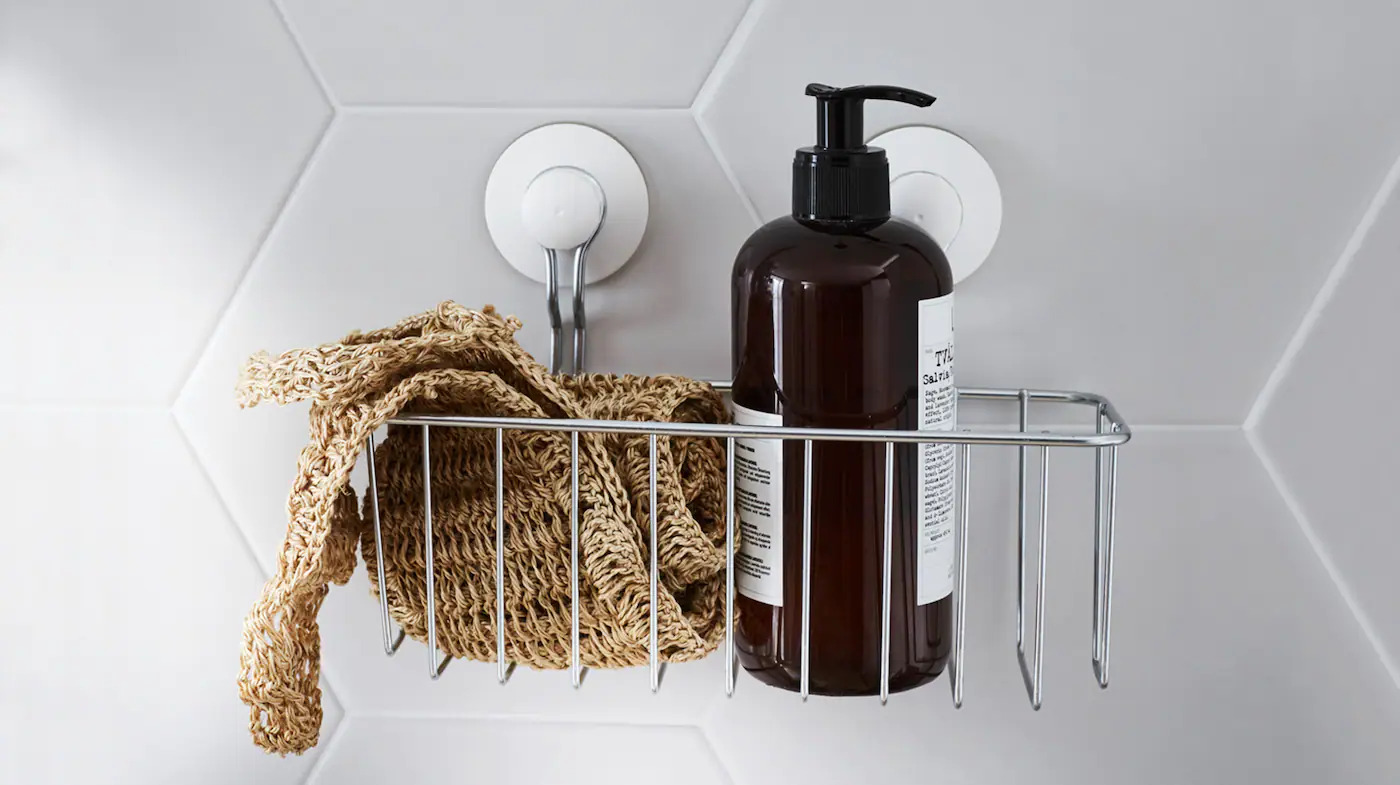
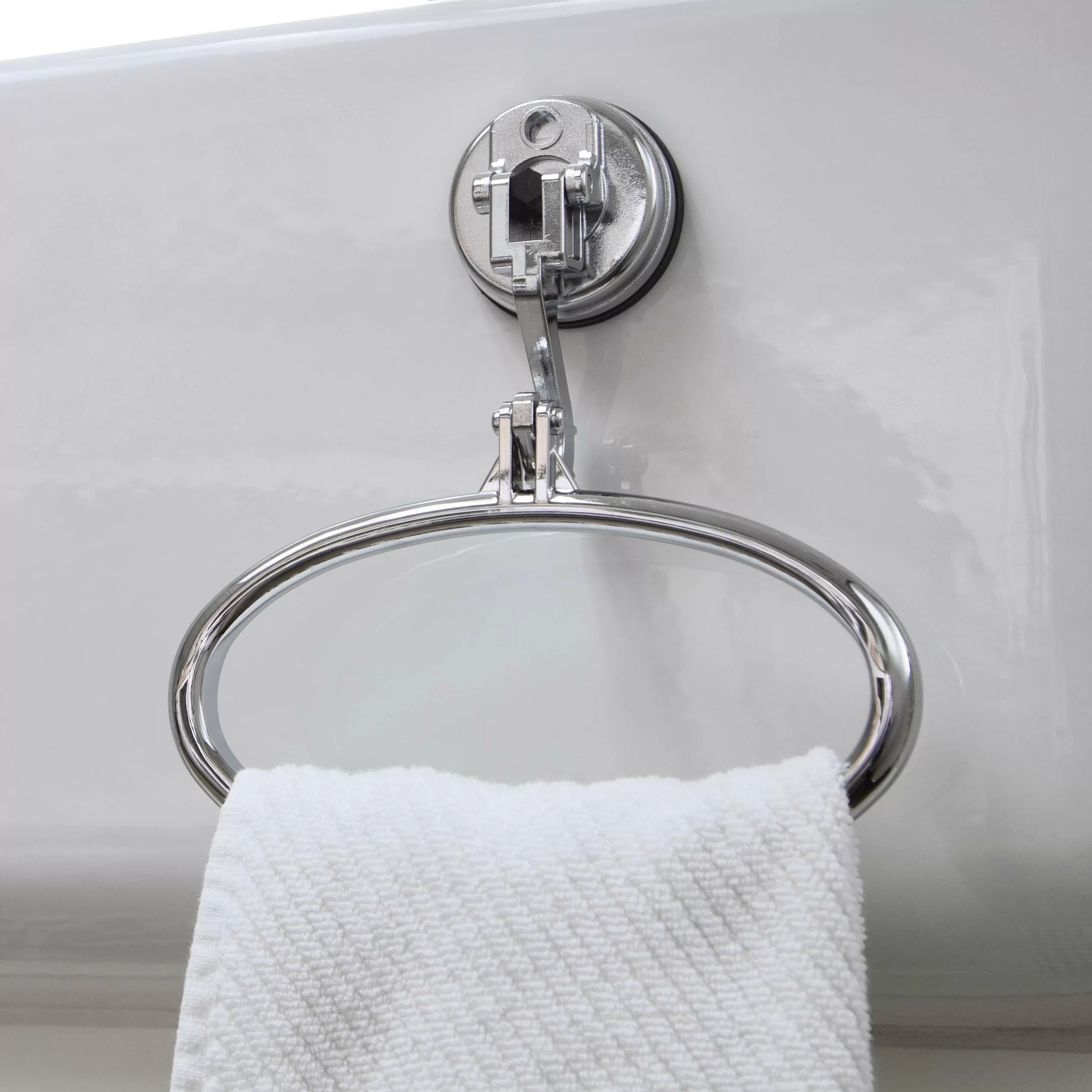
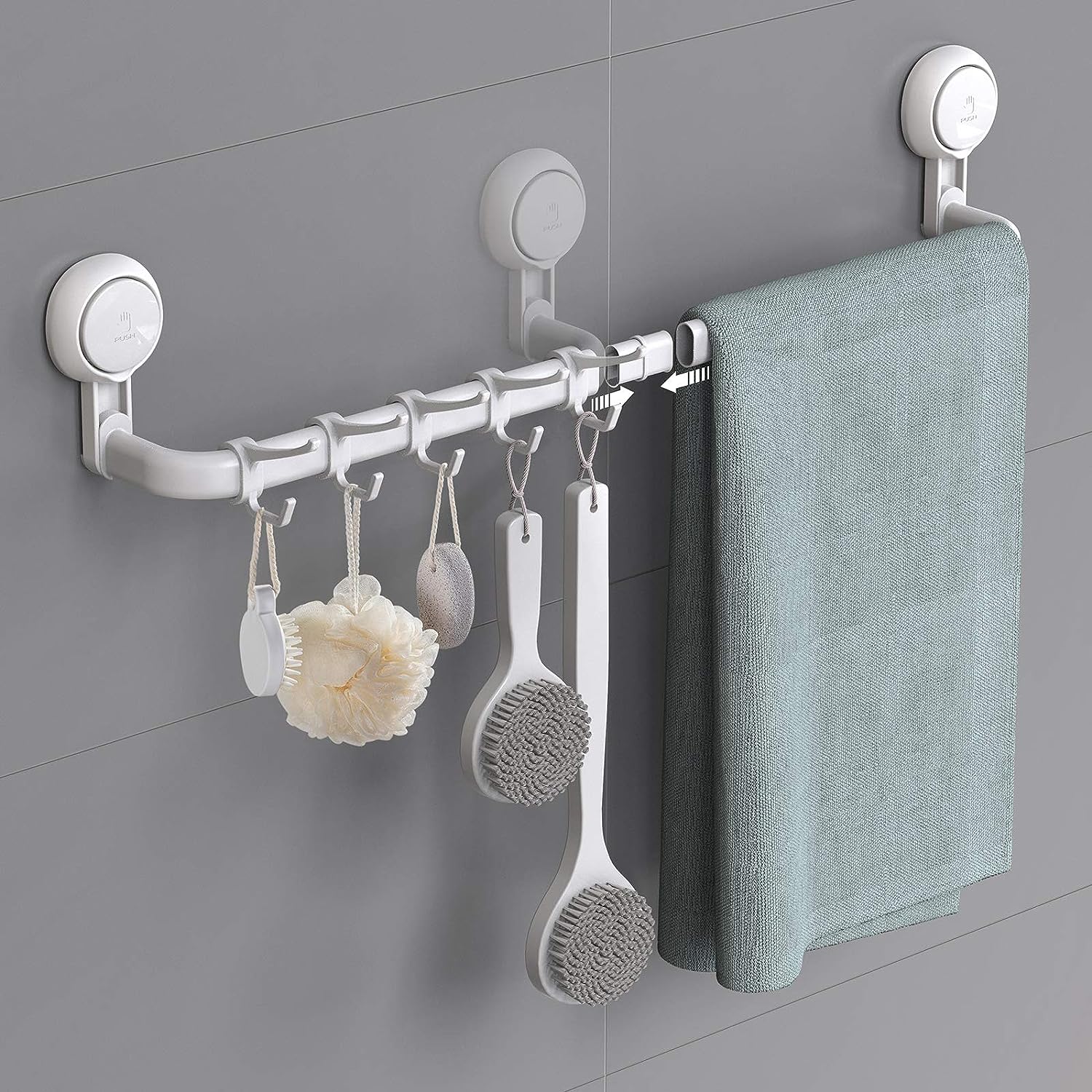

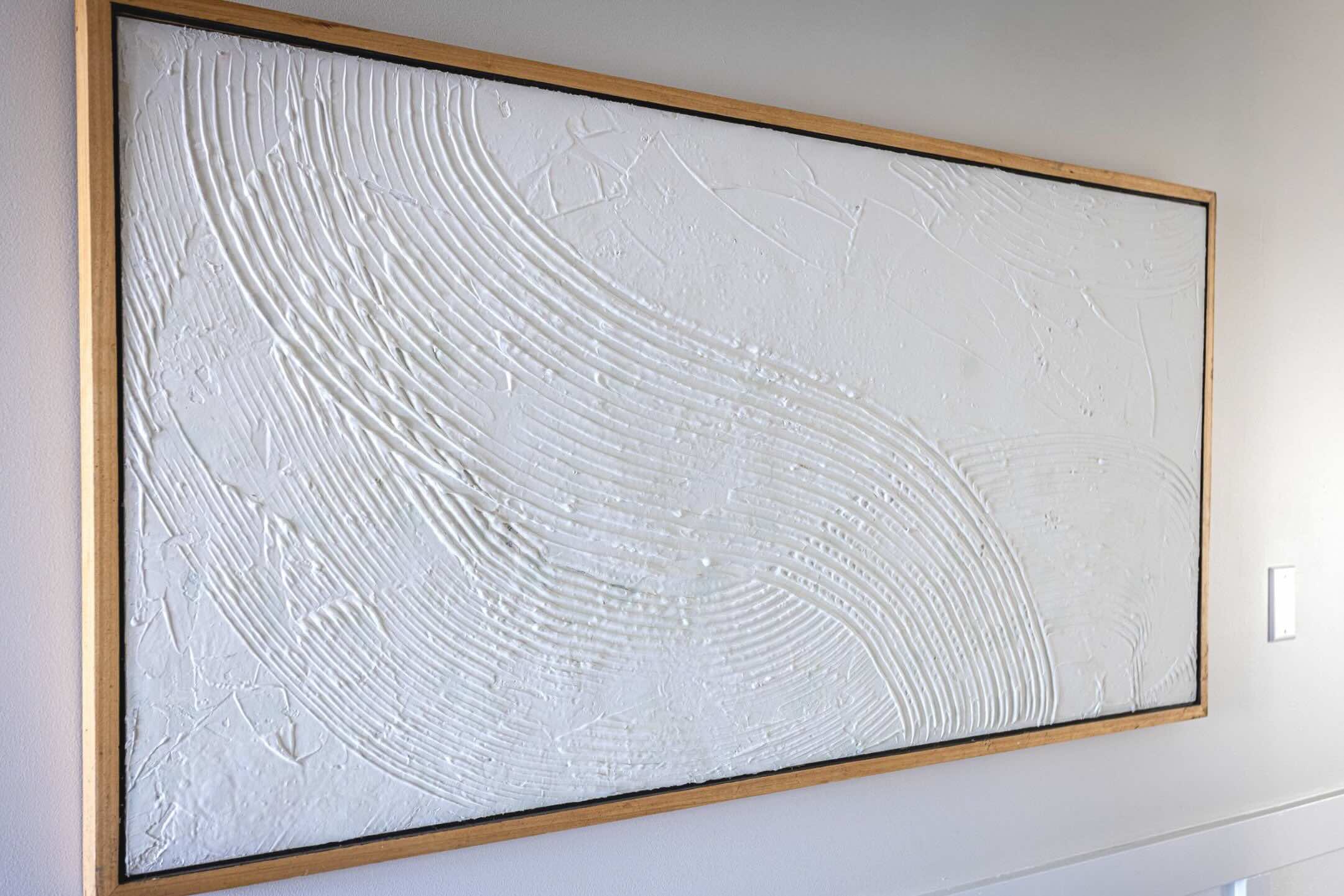
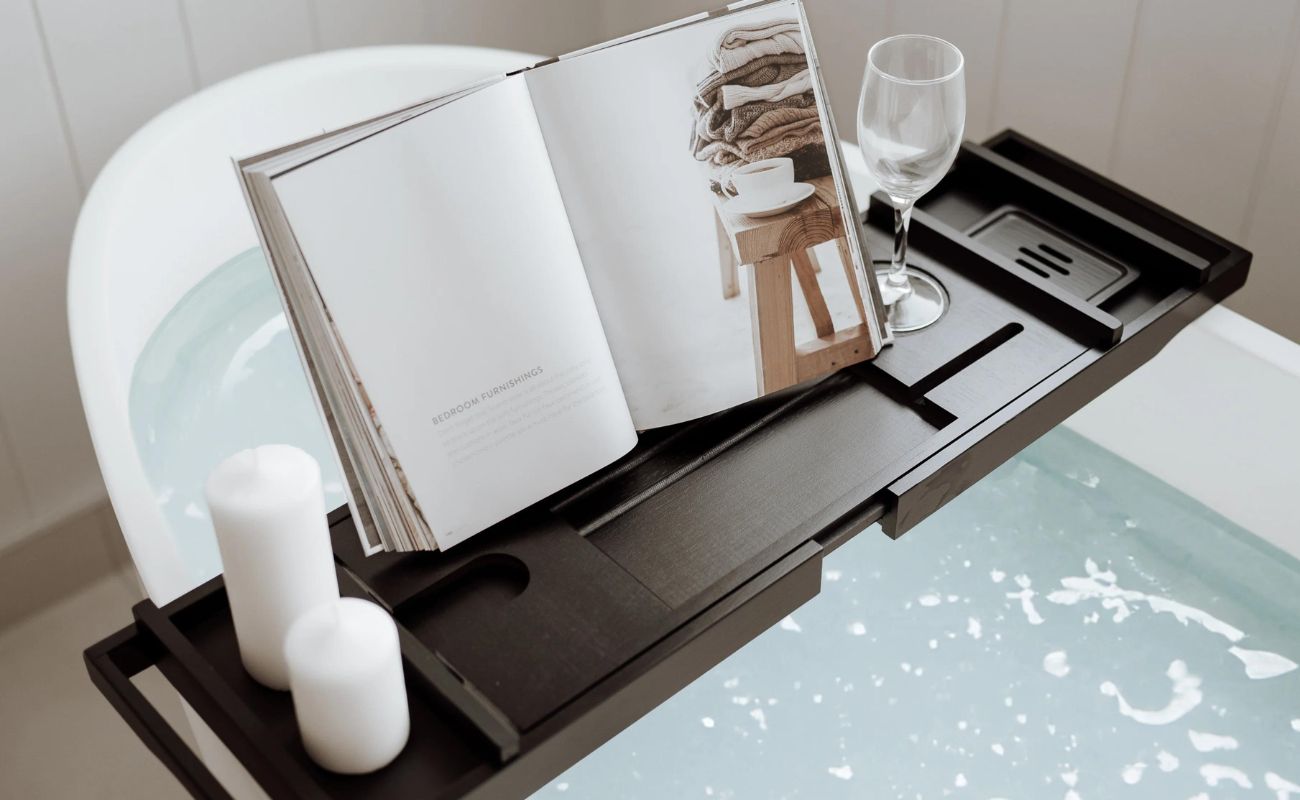
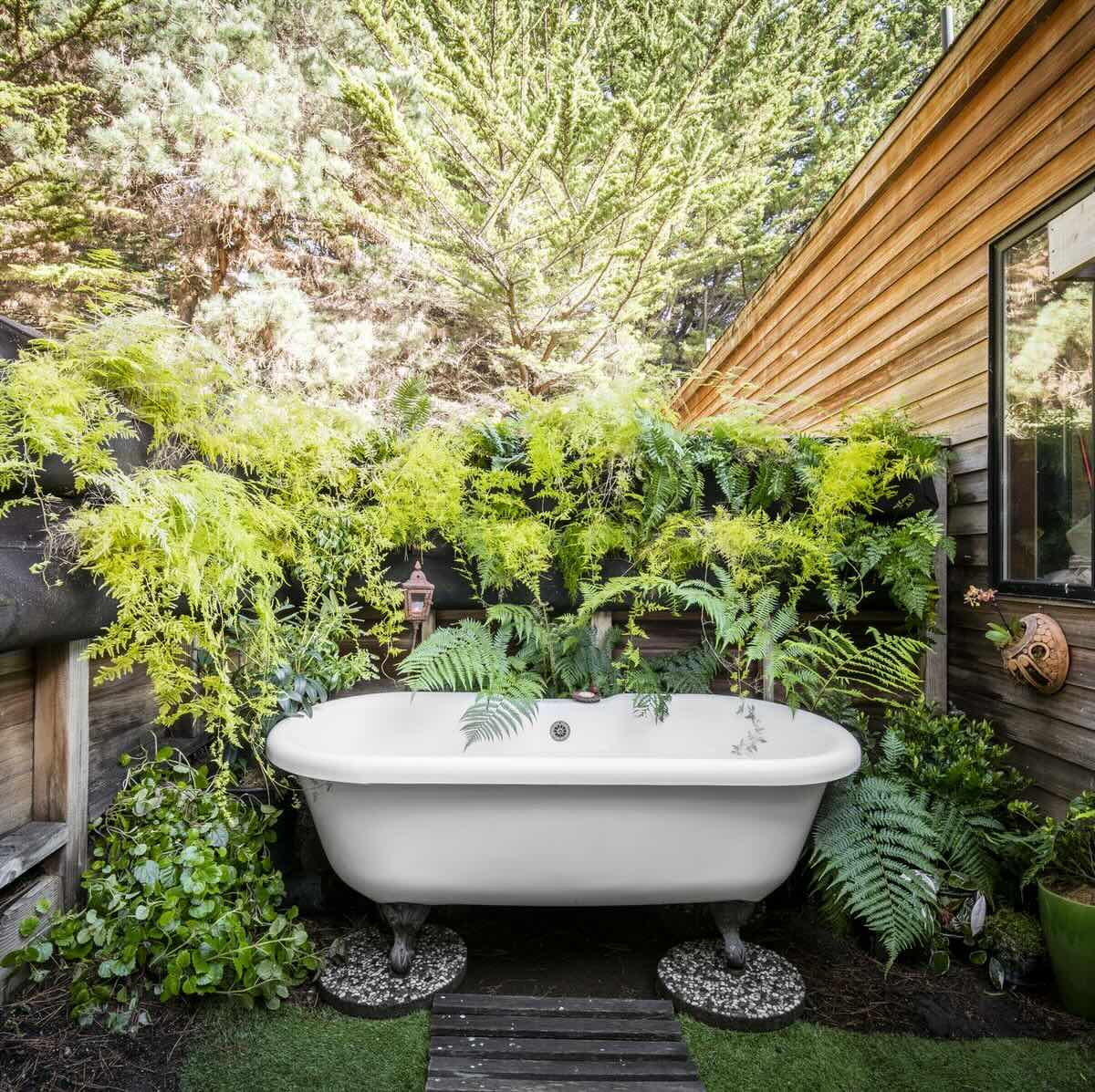
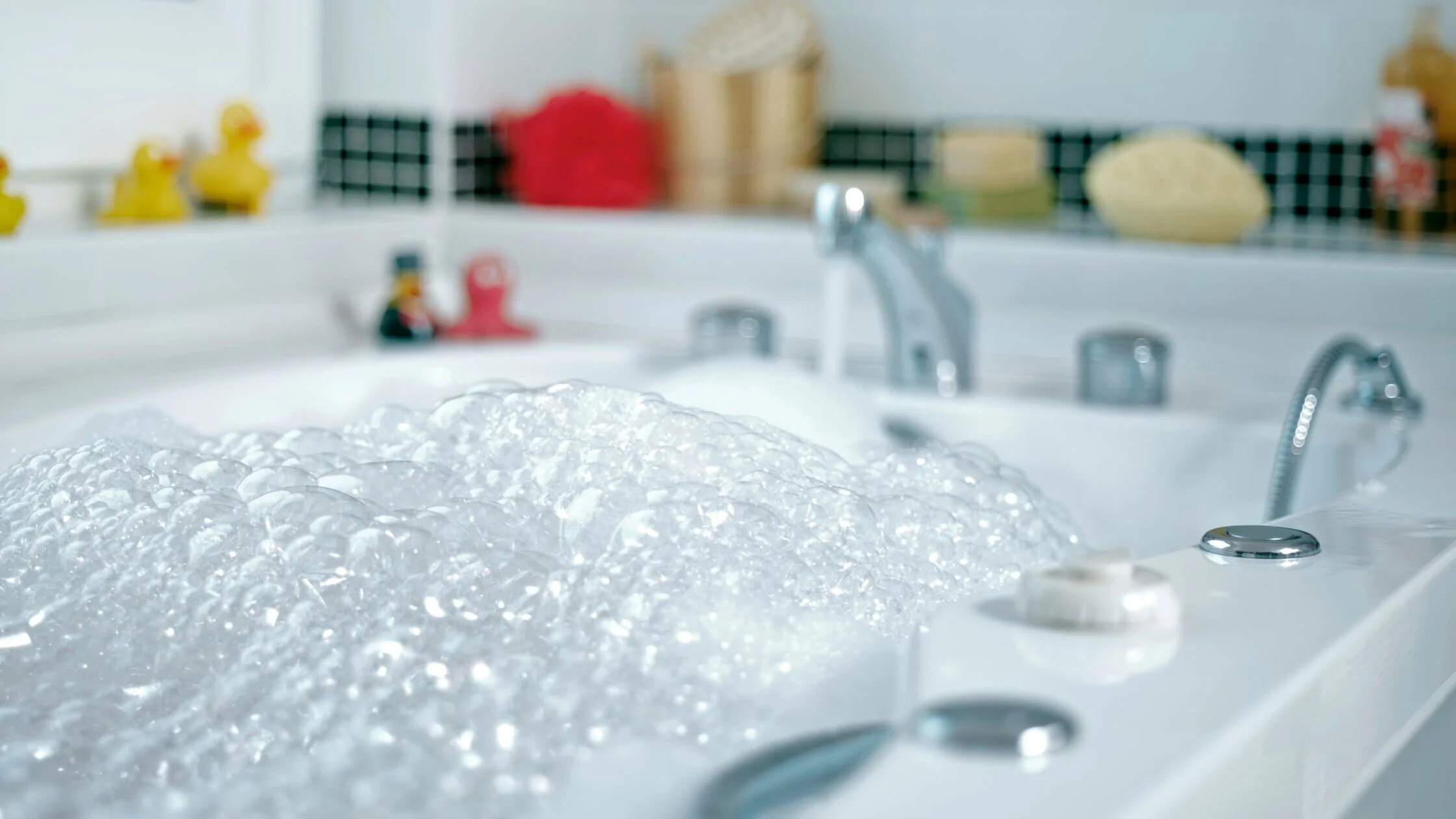
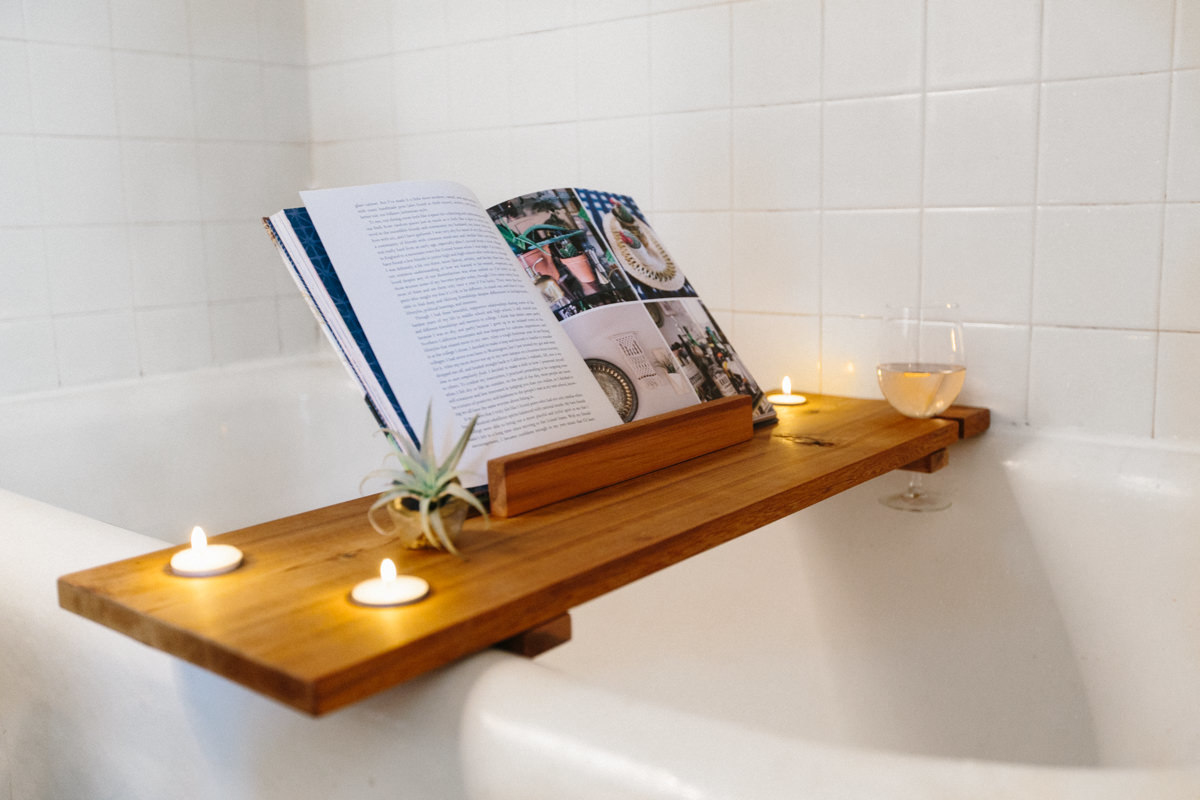
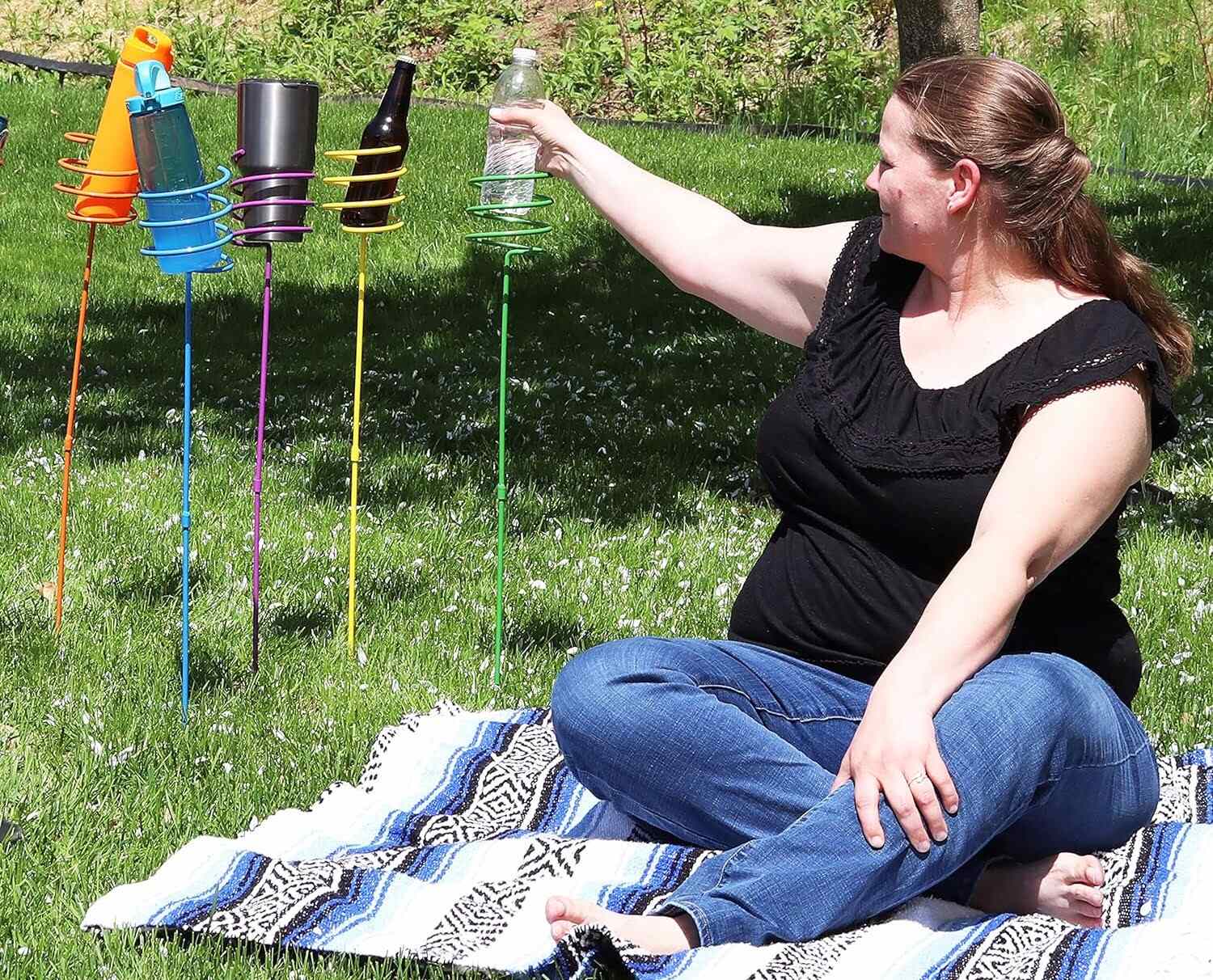
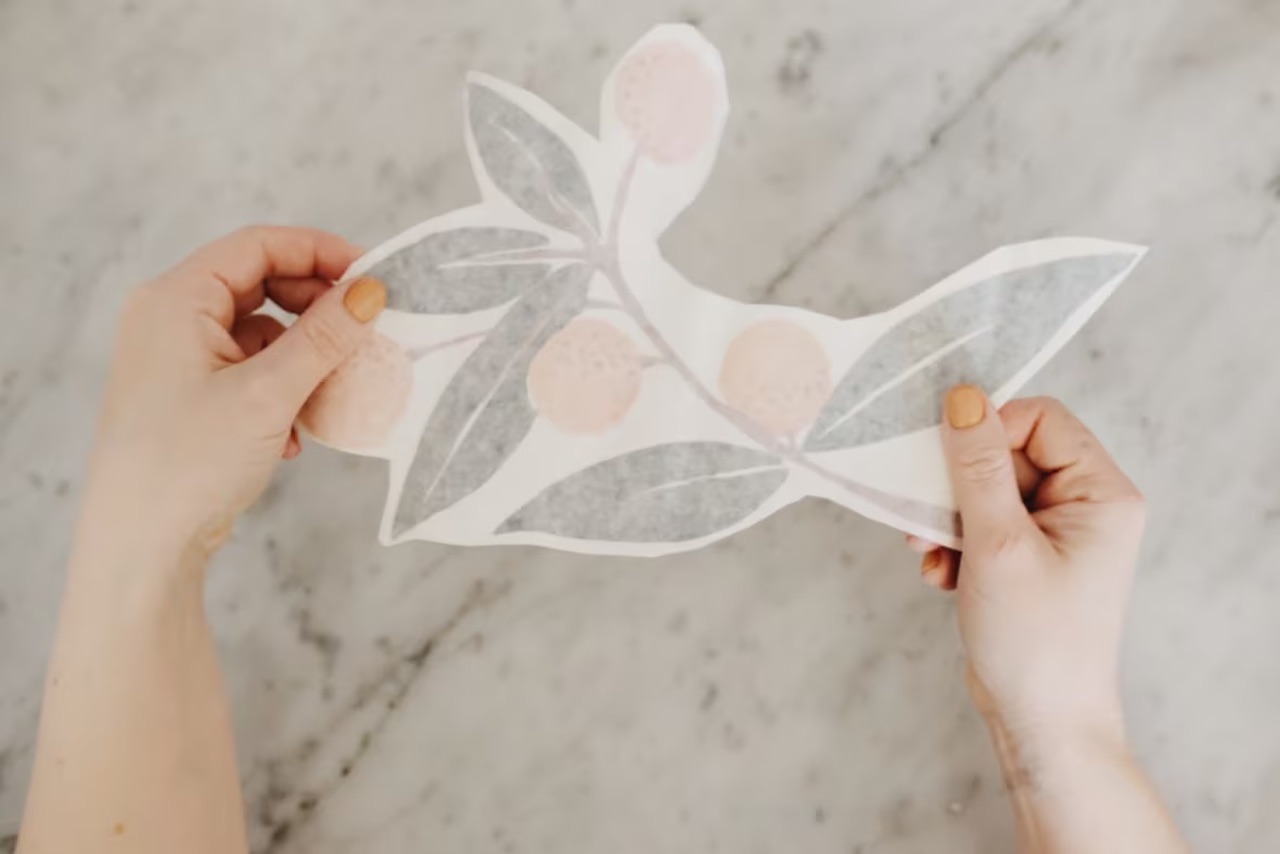

0 thoughts on “How To Make Suction Cups Stick To Textured Bathtub”